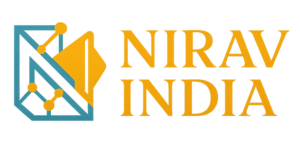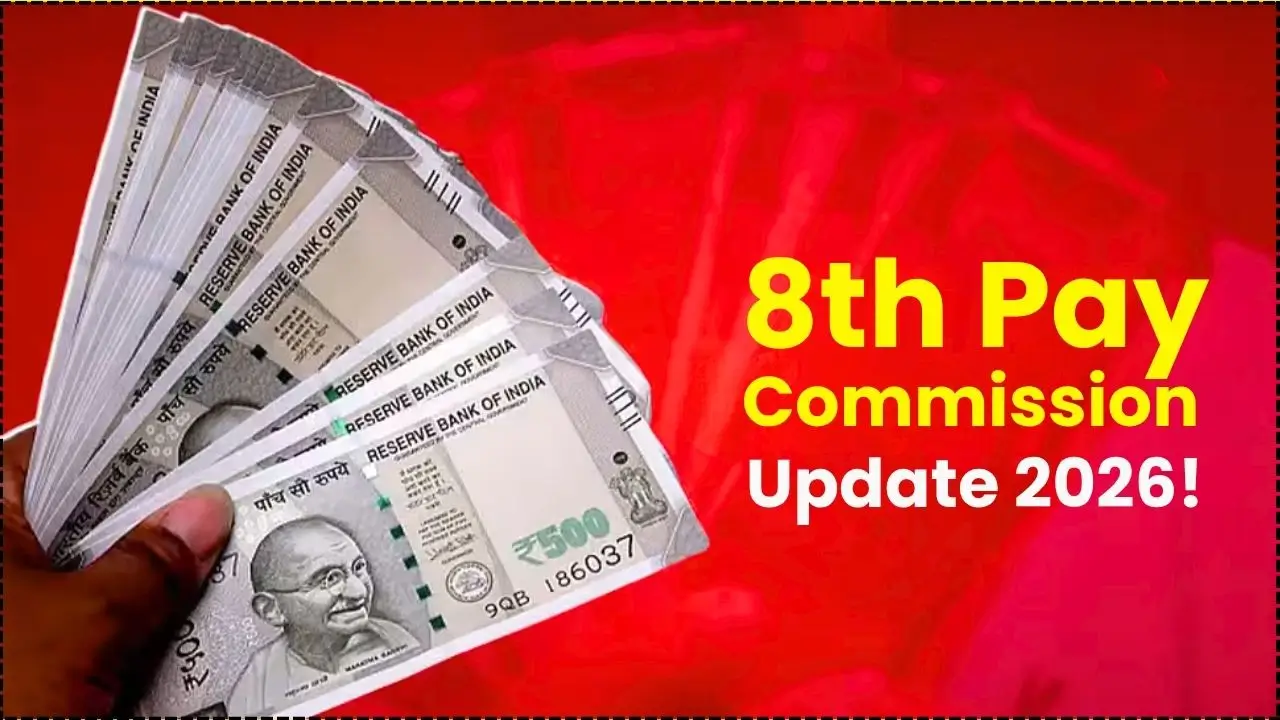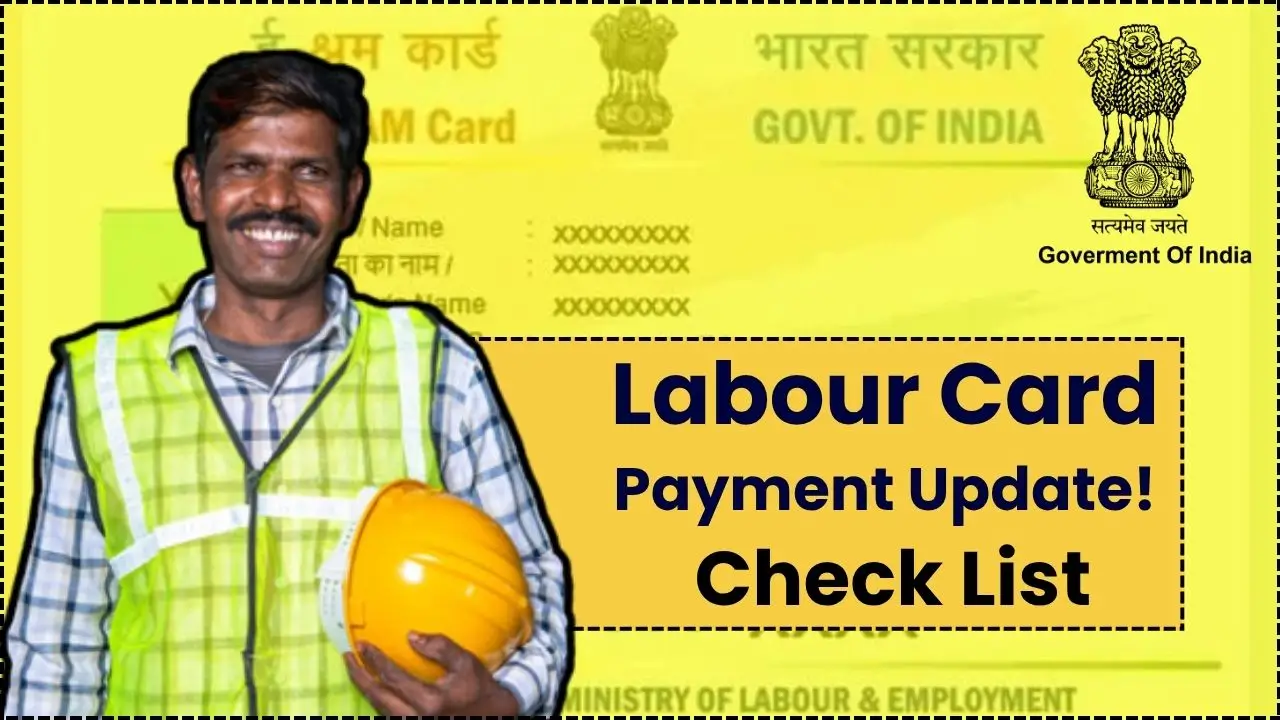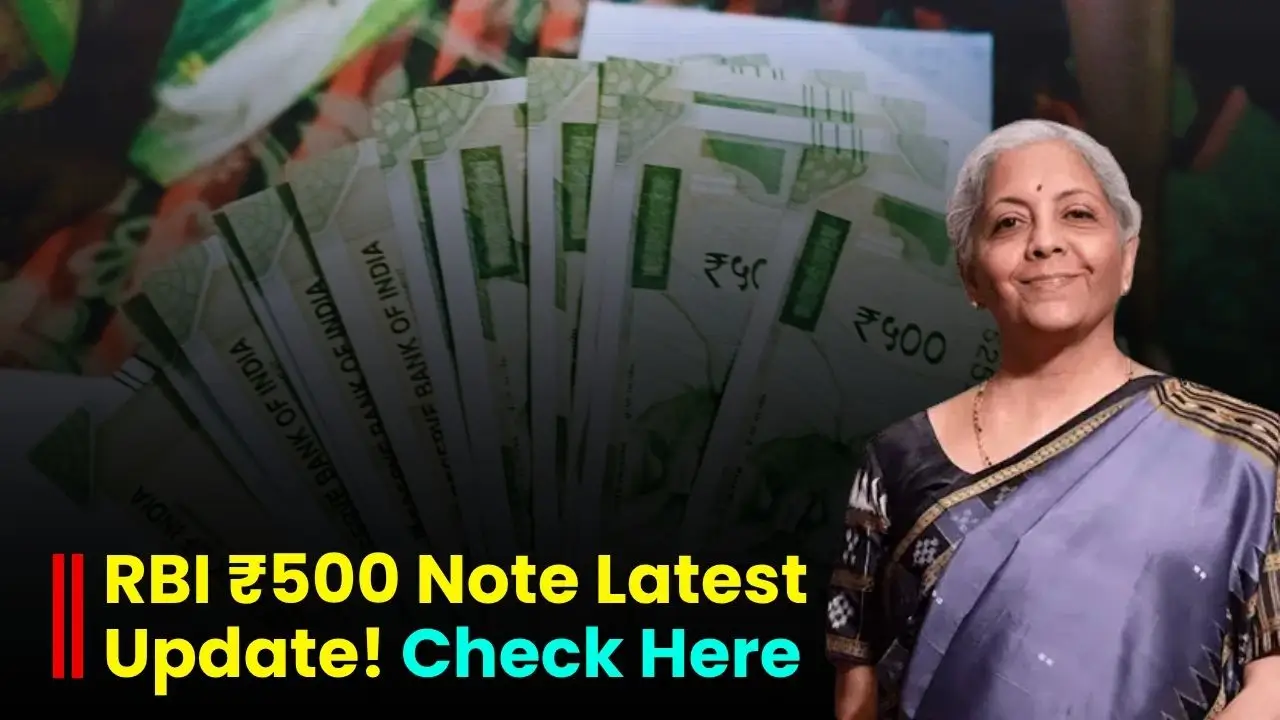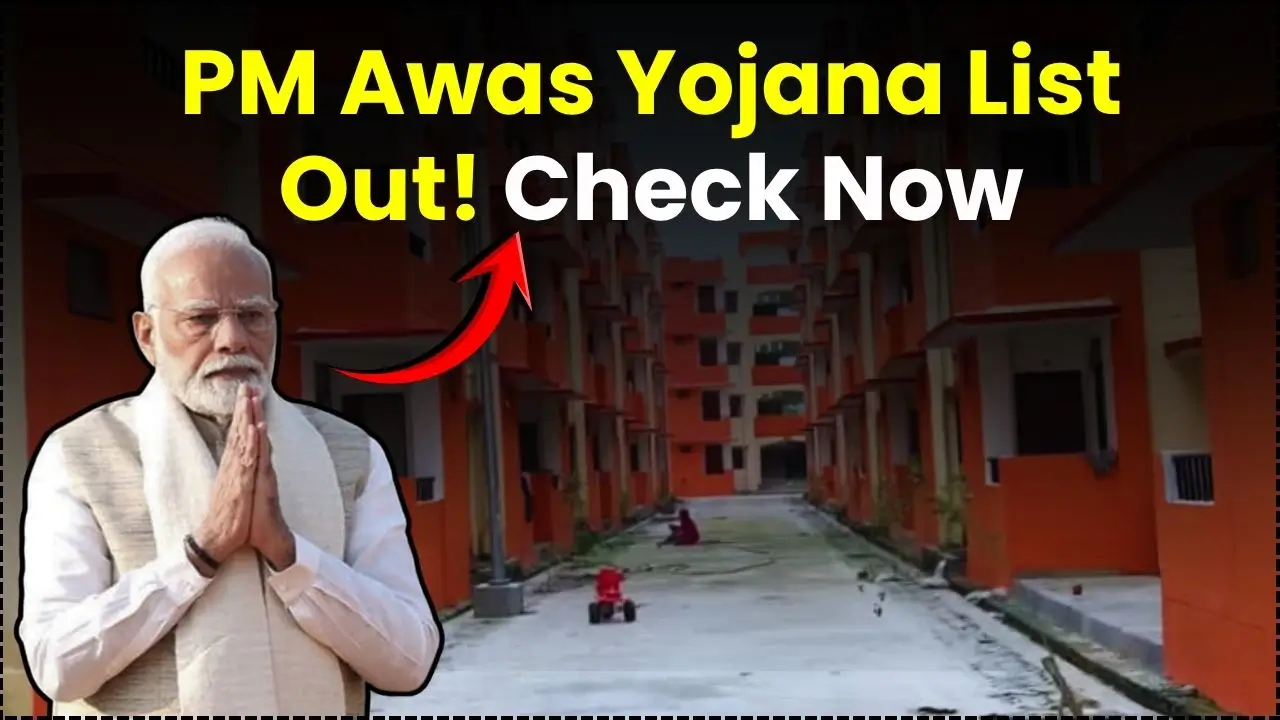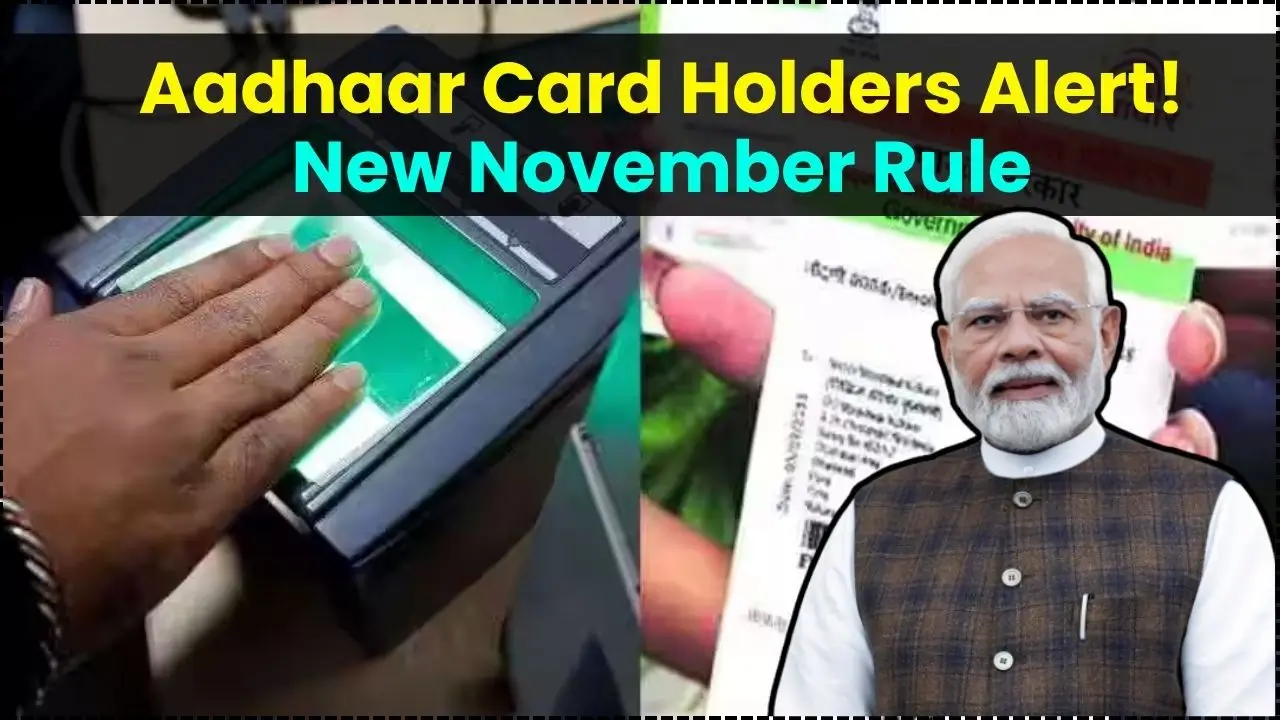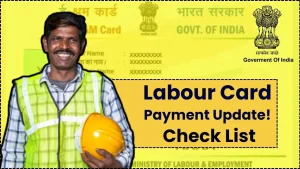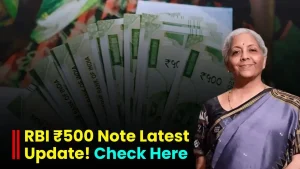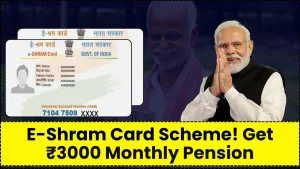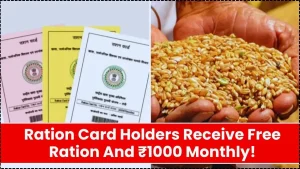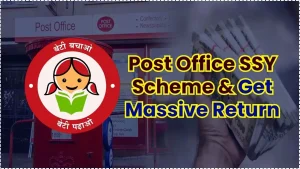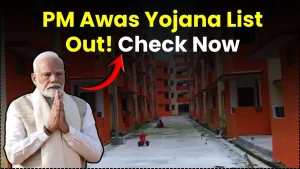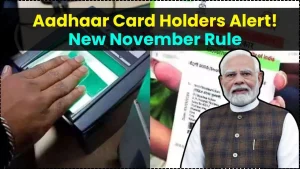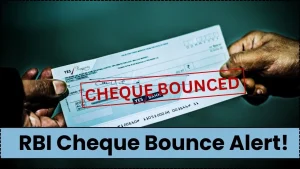If you’ve been following welfare updates closely, this is the change to pay attention to: eligible ration card households are set to continue receiving free foodgrains while also getting ₹1000 per month through direct benefit transfer, provided their Aadhaar e-KYC and bank linkage are complete and verified at the Fair Price Shop and on state portals. This model blends food security with monthly cash support so families can manage essentials better, and it relies on biometric authentication, digital ration cards, and clean beneficiary databases to ensure timely delivery without leakages.
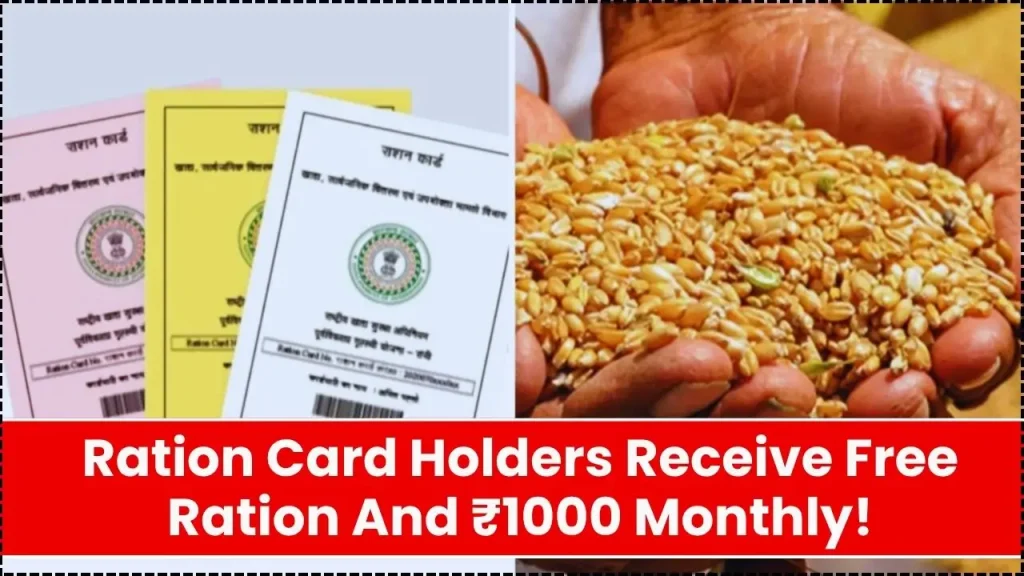
The “Ration Card Update Benefits” framework for 2025 is built around two pillars free ration for NFSA beneficiaries and a ₹1000 monthly cash assistance layer for eligible cardholders. To keep benefits uninterrupted, complete Aadhaar-based e-KYC for all members on the card, seed the household head’s bank account with Aadhaar, and keep your mobile number current for OTPs and DBT alerts. States will publish their own circulars and timelines, so tracking your Food and Civil Supplies portal is essential.
Ration Card Update
| Key Item | Details |
|---|---|
| Core Benefit | Free ration under PMGKAY plus ₹1000/month assistance via DBT for eligible NFSA households, subject to state rollout |
| Beneficiaries | Antyodaya (AAY) and Priority Household (PHH) cardholders meeting documentation, e-KYC, and bank seeding norms |
| Distribution | FPS biometric authentication for grains; DBT credit to Aadhaar-linked bank account for cash support |
| Entitlement | 5 kg per person per month free for PHH; 35 kg per household per month free for AAY |
| Compliance | Digital ration card/QR, Aadhaar of all members, NPCI Aadhaar-bank mapping, updated mobile number |
| Rollout | State-specific notifications, phased or category-wise onboarding possible; monitor state FCS portal |
What’s Changing In 2025
The 2025 update focuses on portability, digitization, and better targeting. One nation, one ration card portability continues, but with tighter Aadhaar-based de-duplication and mandatory e-KYC for all listed members to prevent ghost or duplicate liftings. The added ₹1000 monthly assistance is structured as DBT support that complements free grain access, with states free to set income ceilings, category priorities, or phased rollouts.
Free Ration Continues Under PMGKAY
NFSA beneficiaries continue to receive free foodgrains under the Pradhan Mantri Garib Kalyan Anna Yojana. PHH members receive 5 kg per person per month free, while AAY households receive a fixed 35 kg per month. This remains accessible through FPS using biometric authentication, and the removal of earlier nominal issue prices is designed to keep the process uniform and fully free at the last mile.
Who Will Get ₹1000 Monthly
The ₹1000 monthly assistance is intended for eligible NFSA households, primarily PHH and AAY categories, once Aadhaar e-KYC for all family members is completed and the bank account of the household head is Aadhaar-seeded. States may introduce additional criteria like income thresholds, proof of residence, or category prioritization. Beneficiaries should check their state FCS notices and dashboards for inclusion, district-wise onboarding, and credit schedules.
Documents You’ll Need
- Updated ration card with all members listed
- Aadhaar for each family member and successful e-KYC completion
- Bank passbook or account details of the head of household, with Aadhaar-bank mapping in the NPCI system
- Residence and income proof, if asked during verification or grievance redressal
- Active mobile number for OTP and DBT/SMS notifications
How To Complete E-KYC And Updates
Visit your Fair Price Shop or designated e-KYC center with your ration card and Aadhaar details. Complete biometric authentication for each member as required, then confirm your digital ration card status on the state portal. Link the head-of-household’s bank account with Aadhaar and verify NPCI mapper status; if mapping shows inactive or multiple accounts, select the correct account for receiving DBT. Keep copies of receipts and screen confirmations for your records.
DBT Credit And Timelines
Once eligibility is validated and e-KYC is successful, the ₹1000 assistance is credited monthly into the verified bank account through DBT. If a cycle is missed due to KYC or bank-mapping problems, fix the discrepancy DBT typically resumes in the next scheduled run. Check mini-statements, net banking, or the bank’s SMS alerts to confirm credits, and raise a grievance on the state FCS portal if payment doesn’t arrive after correction.
State Notifications and Variations
Implementation details can vary. Some states may phase onboarding by districts or by card category, or require additional documents for first-time DBT recipients. Others may already run separate ₹1000 schemes for specific groups (for instance, women heads or certain pension beneficiaries); those programs are distinct from ration-linked DBT. Always confirm the exact scheme name, category, and application flow on your state’s official portal to avoid duplication or ineligible applications.
Practical Tips to Avoid Benefit Disruption
- Complete member-wise e-KYC early; one unverified member can block household entitlements
- Keep biometrics updated; if fingerprint capture fails, ask for permitted alternate authentication at FPS
- Verify Aadhaar-bank linkage in the NPCI mapper; update the “default” receiving account if you have multiple accounts
- Save FPS receipts and bank/SMS alerts; they are crucial for disputes or non-receipt complaints
- Use only official portals and helplines; never share OTPs with intermediaries
Eligibility Criteria And Compliance Checklist
- Are you PHH or AAY under NFSA?
- Is every family member’s Aadhaar e-KYC completed and visible on the state portal?
- Is the head-of-household bank account Aadhaar-linked and active in the NPCI mapper?
- Is your mobile number updated for OTPs and alerts?
- Have you checked your state’s latest notification for district/category rollouts and timelines?

Application and Status Tracking
- New applicants can apply online via state FCS portals or at designated offices, uploading Aadhaar, residence proof, and income certificates as needed
- Existing cardholders should use the portal to check e-KYC status, digital card activation, and DBT payment status
- For DBT issues, confirm whether your Aadhaar is mapped to the correct bank account; if not, update at the bank or Aadhaar center and recheck mapping
- Keep your grievance number and attach proof like FPS receipts, e-KYC confirmation, and bank statements when raising complaints
Ration Card Update Benefits for Urban and Rural Households
Urban beneficiaries may benefit more from DBT flexibility for rent, transport, and utilities, while rural households often prioritize staples, cooking fuel, and school-related expenses. In both settings, the free ration plus ₹1000 cash layer eases the monthly budget squeeze from food inflation and incidental costs like healthcare. With portability and digitization, migrant families can lift grains in their work city while still receiving DBT into a home-state bank account.
Security, Fraud Prevention, And Portability
- QR-based digital ration cards and ePOS at FPS help deter diversion and ensure accurate entitlements
- Aadhaar de-duplication minimizes fake or duplicate cards, improving fairness for genuine beneficiaries
- “One Nation, One Ration Card” portability allows inter-state lifting for migrants, ensuring continuity of food security during movement
- Biometric exceptions and assisted modes are available in genuine failure cases; record issues at FPS and escalate on the portal if needed
What To Expect Next
As states publish notifications, expect district-wise calendars, list updates, and SMS prompts for pending e-KYC. Some states may integrate gas subsidy relief or targeted utility support alongside the ₹1000 DBT to deliver a bundled benefit. Keep an eye on portal dashboards for “credited,” “failed,” or “under process” statuses and correct any red flags quickly.
Aadhar Card Holders Alert – New November Rule Brings Major Change, Check Latest Update Now
Key Takeaways
- Free ration under PMGKAY continues for NFSA families, while a ₹1000 monthly DBT layer is introduced for eligible ration card households subject to state rollout.
- Complete Aadhaar e-KYC for every member, link the head-of-household bank account in the NPCI mapper, and keep your mobile updated to avoid benefit disruption.
- Track your state Food and Civil Supplies portal for live notifications, district-wise onboarding, DBT status, and grievance resolution options.
FAQs on Ration Card Update
Who exactly gets the ₹1000 every month?
Eligible NFSA households primarily PHH and AAY after successful Aadhaar e-KYC for all members and Aadhaar-bank linkage for the head-of-household, subject to the state’s notification and onboarding.
Do I still get free ration if I don’t receive the ₹1000 yet?
Yes, free ration entitlements continue under PMGKAY for eligible NFSA beneficiaries; DBT rollout may be phased and can start later depending on your state’s schedule.
My DBT didn’t arrive this month. What should I do?
Check Aadhaar-bank mapping in the NPCI system, confirm the account is active, verify your e-KYC status on the state portal, and then raise a grievance with supporting proofs if the issue persists.
Can I lift ration in one state and receive DBT in a bank account from another state?
Yes, portability allows interstate grain lifting, and DBT credits go to your verified Aadhaar-seeded bank account, irrespective of where you lift your ration.
